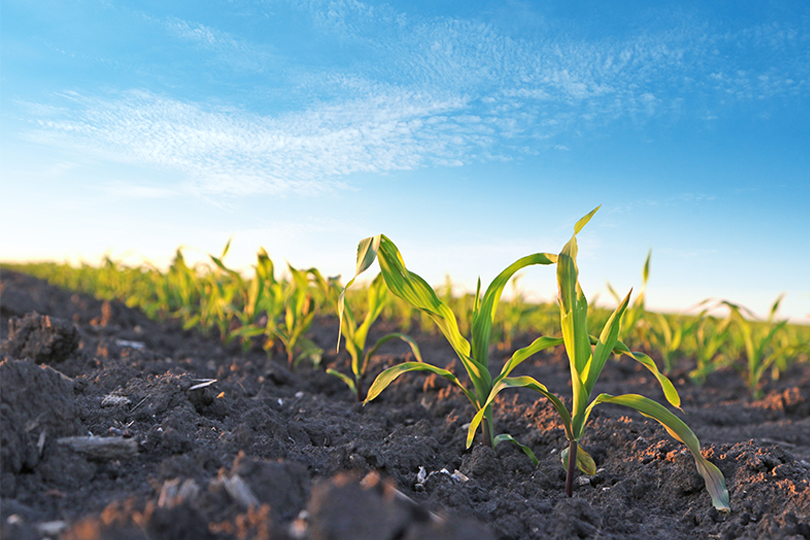By Jennifer Whitlock
Field Editor
Farmers are watching closely from the sidelines as a trade dispute between domestic and foreign producers of urea ammonium nitrate (UAN) continues to play out, with fertilizer price increases due to anti-dumping tariffs hanging in the balance.
In June, American fertilizer company CF Industries alleged subsidized imports from Russia, Trinidad and Tobago are distorting the UAN market, prompting the U.S. Department of Commerce and U.S. International Trade Commission (ITC) to open anti-dumping and countervailing duty investigations.
“For too long, UAN producers in the United States, who are among the most efficient in the world, have competed on an uneven playing field due to dumped and unfairly subsidized imports from Russia and Trinidad,” Tony Will, president and CEO of CF Industries, said. “The duties we are seeking will restore fairness to our highly competitive industry and help ensure that American UAN producers remain a reliable source of fertilizers for American farmers for years to come.”
But the American Farm Bureau Federation (AFBF) warns the consequences of imposing any anti-dumping duties on those countries, which together provide about 81% of UAN imports, would cause farm input costs to rise even more sharply.
Fertilizer is projected to account for about 36% of operating costs for major commodity crops in the U.S. in 2022, according to AFBF. Because the U.S. Department of Agriculture (USDA) already forecast fertilizer prices will rise 5% in 2022, adding any tariffs would cause fertilizer prices to increase drastically.
If realized, fertilizer prices from 2018-2022 for every major U.S. field crop will have increased by double digits. AFBF said fertilizer costs per acre will rise 16.5% for cotton, 17.1% for wheat, 17.6% for peanuts, 18.1% for rice, 18.6% for sorghum and corn and 18.9% for soybeans.
There are three primary nutrients found in commercial fertilizer products: nitrogen, phosphate and potash, with nitrogen comprising the largest component, wrote AFBF Economist Veronica Nigh in a recent Market Intel report.
UAN solutions are the most commonly used delivery materials for nitrogen fertilizer, accounting for 43% of nitrogen fertilizer usage, she noted. Urea, anhydrous ammonia, ammonium sulfate and ammonium nitrate make up the other sources.
“Given that UAN solutions account for 43% of nitrogen fertilizers, and nitrogen accounts for 59% of total fertilizer use, that means about 25% of operating costs can be attributed to UAN solutions,” Nigh said. “Certainly, farmers would feel a significant increase in UAN solution costs in their bottom line.”
Those rising input costs can make it even more difficult for farmers struggling to remain competitive in global markets.
If the proposed anti-dumping margins drive UAN fertilizer costs up anywhere from 169-391% from Russia and 158% for Trinidad and Tobago plus countervailing duties, production costs will rise accordingly for U.S. farmers, according to Nigh’s analysis.
“Imports are an important part of the UAN supply to farmers,” she said. “The application of the duties requested by the petitioner, potentially in effect for five years with the possibility of extension, will result in a constricted supply and higher prices for farmers for years to come, which would have a major impact on planting decisions and production.”
Last year, phosphate fertilizers were the target of a similar Commerce Department and ITC investigation. In this case, Morocco and Russia were the nations targeted in U.S. phosphate producer Mosaic Co.’s petition.
The Commerce Department announced affirmative countervailing duties on imports of phosphate fertilizers from Morocco and Russia in February. It is not yet clear exactly how those tariffs have impacted phosphate fertilizer costs in the long term.


Got to love Globally